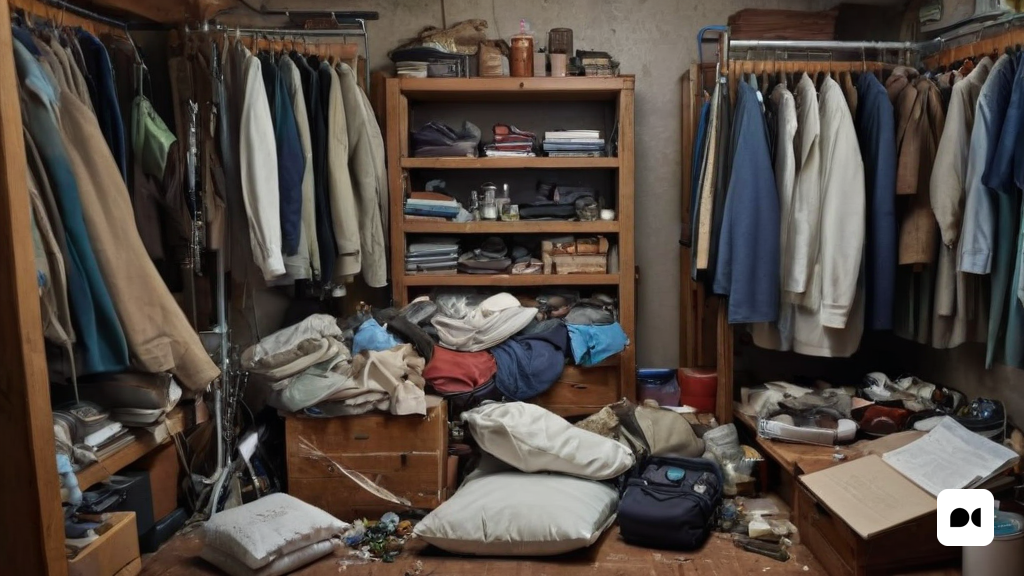Ecodesign and selective collection: a European priority
From January 1, 2025, all municipalities must collect textile waste selectively, a European directive (waste 2018/851) will oblige all municipalities to carry out the selective collection of textile waste before December 31 of 2024. This measure is part of the European priority in eco-design and selective collection to facilitate the recycling of fashion items.
The situation in Catalonia
In Catalonia, 165,511 tonnes of textile waste are generated per year, with only 11% collected selectively. This situation poses an important challenge for the future, since clothing production is the second most polluting industry. Experts such as Marta Coca emphasize the importance of reducing consumption and opting for durable fabrics to address this problem.
The necessary changes
Europe insists on the need for eco-design to facilitate the recycling of fashion items. This involves rethinking the design of products to facilitate collection and recycling. In addition, the creation of a digital clothing passport is being promoted that will confirm the sustainability of the product, providing transparency to consumers.
The importance of transparency and certification
From 2030, brands will not be able to call themselves sustainable without the corresponding certification. This highlights the importance of transparency for the consumer and the need to differentiate truly sustainable brands from greenwashing practices.
The role of the Generalitat and the pact for circular fashion
The Generalitat is preparing a waste law based on the circular economy, which will place great responsibility on producers to reduce textile waste. In addition, Catalonia has promoted the pact for circular fashion, a pioneering initiative that promotes the voluntary agreement to transform the textile sector towards a circular model.

